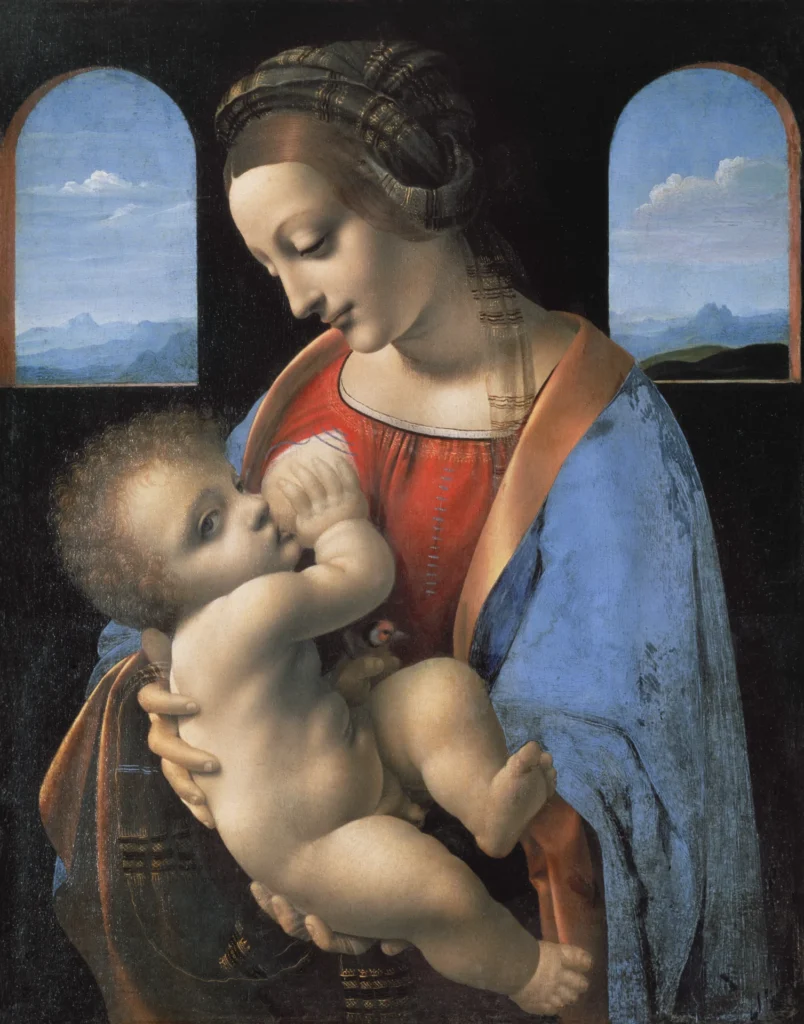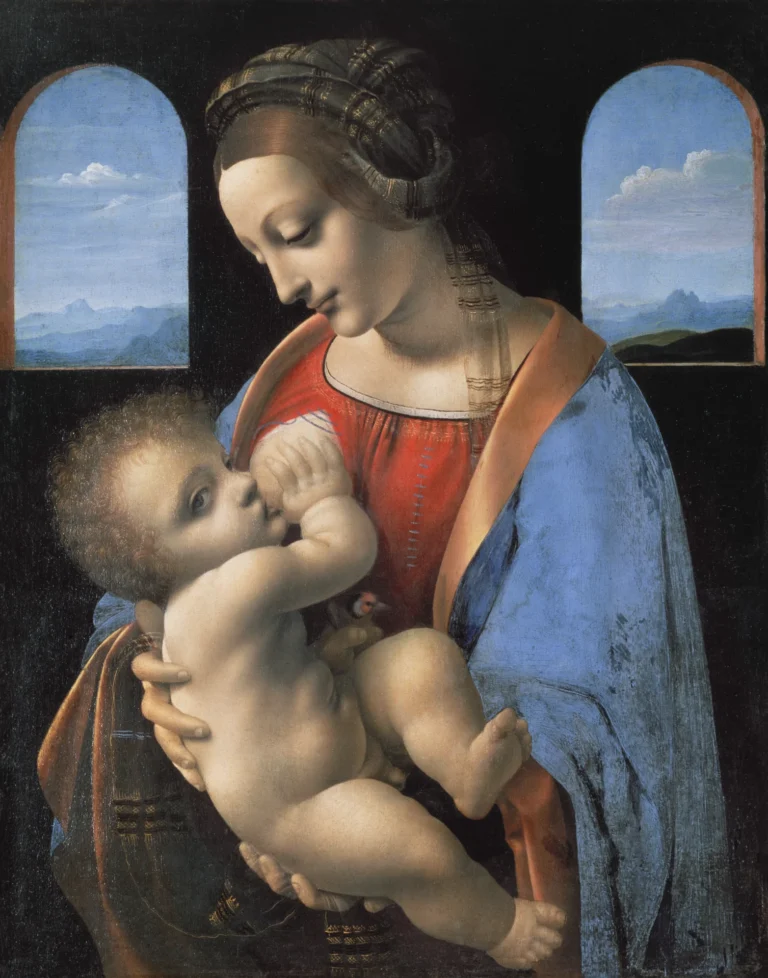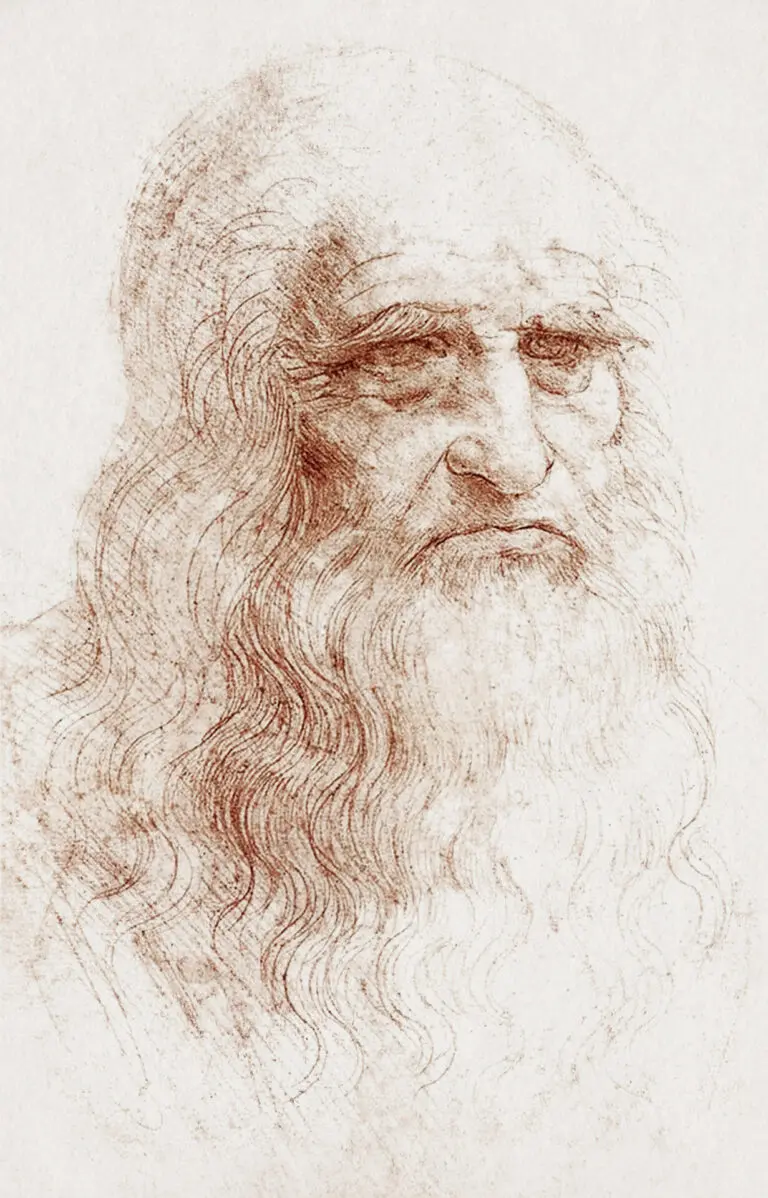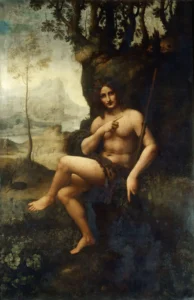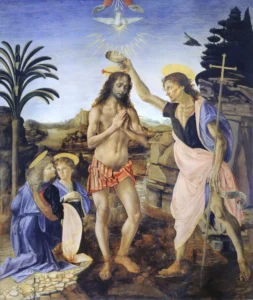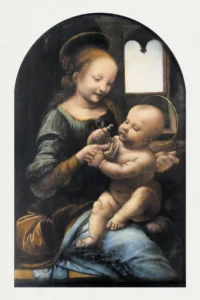Madonna Litta
The Madonna Litta vividly illustrates the Virgin Mary nursing the Christ child, a theme known as 'Madonna Lactans.' This thought-provoking artwork, while attributed to Leonardo da Vinci, has drawn scrutiny regarding its true authorship. Set against a dramatic mountainous backdrop, featuring rich symbolism like the goldfinch held by Jesus, it exemplifies Renaissance artistry. Believed to have been painted during Leonardo's first Milanese period, it now resides in the Hermitage Museum, alongside debates surrounding its completion.
Late 15th Century (c. 1481-1483)
About the Artwork
Once believed to be solely the creation of Leonardo da Vinci, the Madonna Litta has become the topic of compelling debate among art historians. Painted in the late 15th century, this work showcases the Virgin Mary's nurturing presence as she breastfeeds the Christ child, symbolizing both maternal affection and divine grace. With the goldfinch in Jesus' hand foreshadowing his crucifixion, the painting encapsulates profound religious themes. Interestingly, its attribution remains contentious; some scholars assert it could be partially the work of one of Leonardo's apprentices. This intrigue only adds depth to the piece's history. Originally commissioned by the noble House of Litta, it transitioned to Tsar Alexander II's collection in the 19th century, and further restoration efforts have revealed layers of its storied past.
Did You Know
The attribution of Madonna Litta has sparked discussion among experts, with some suggesting it may have involved significant contributions from Leonardo’s pupils, particularly during its completion.
Key elements in the painting, such as the goldfinch and the color of Mary’s garments, are rich in symbolism, representing Christ’s future and themes central to Christian beliefs.
The painting’s history includes ownership by the House of Litta and transition to the Hermitage Museum, emphasizing its cultural significance and the journey of Renaissance art through history.




